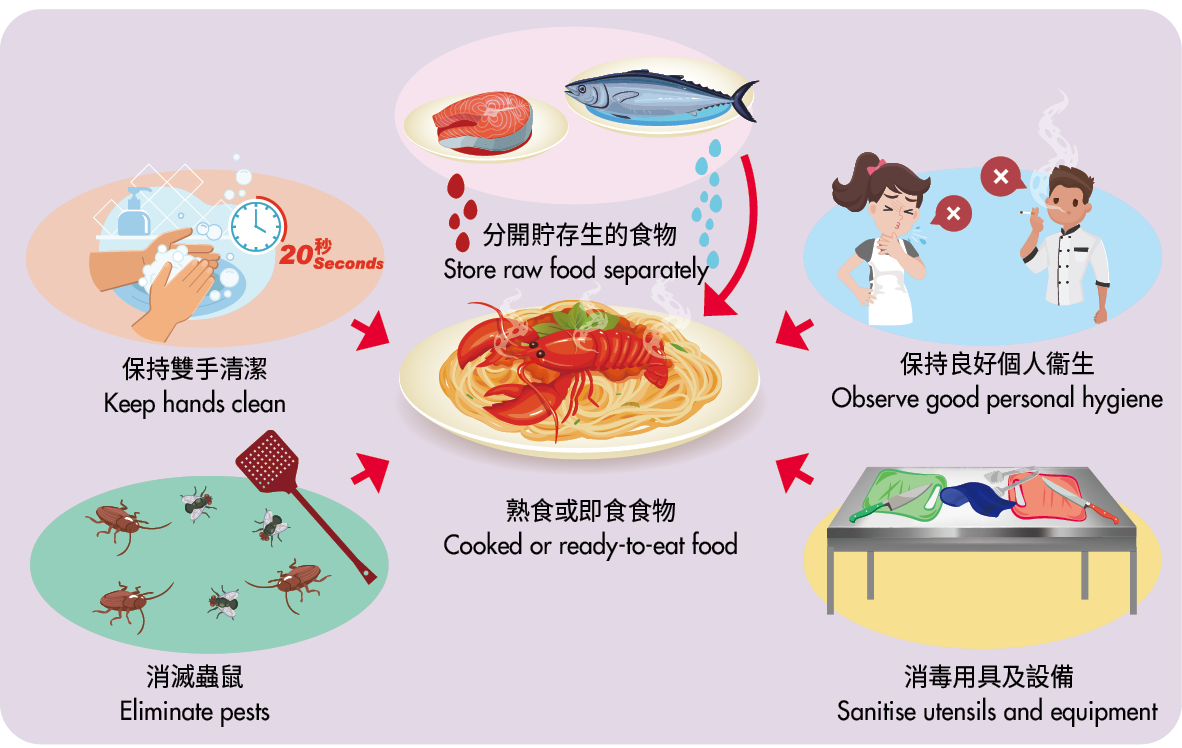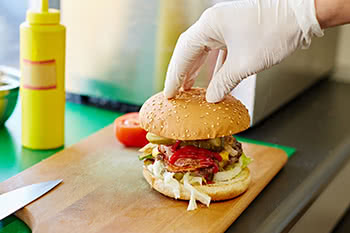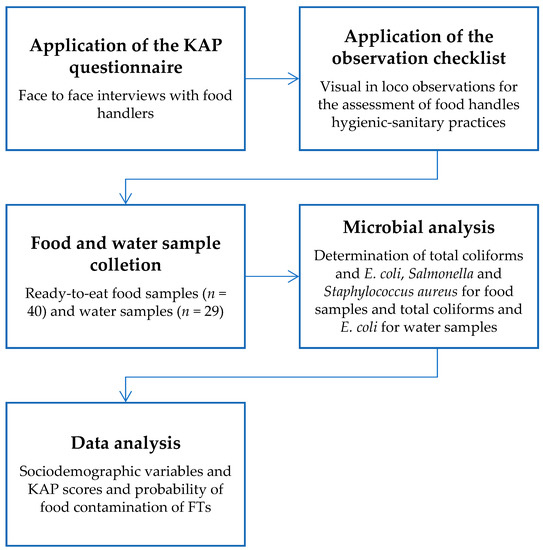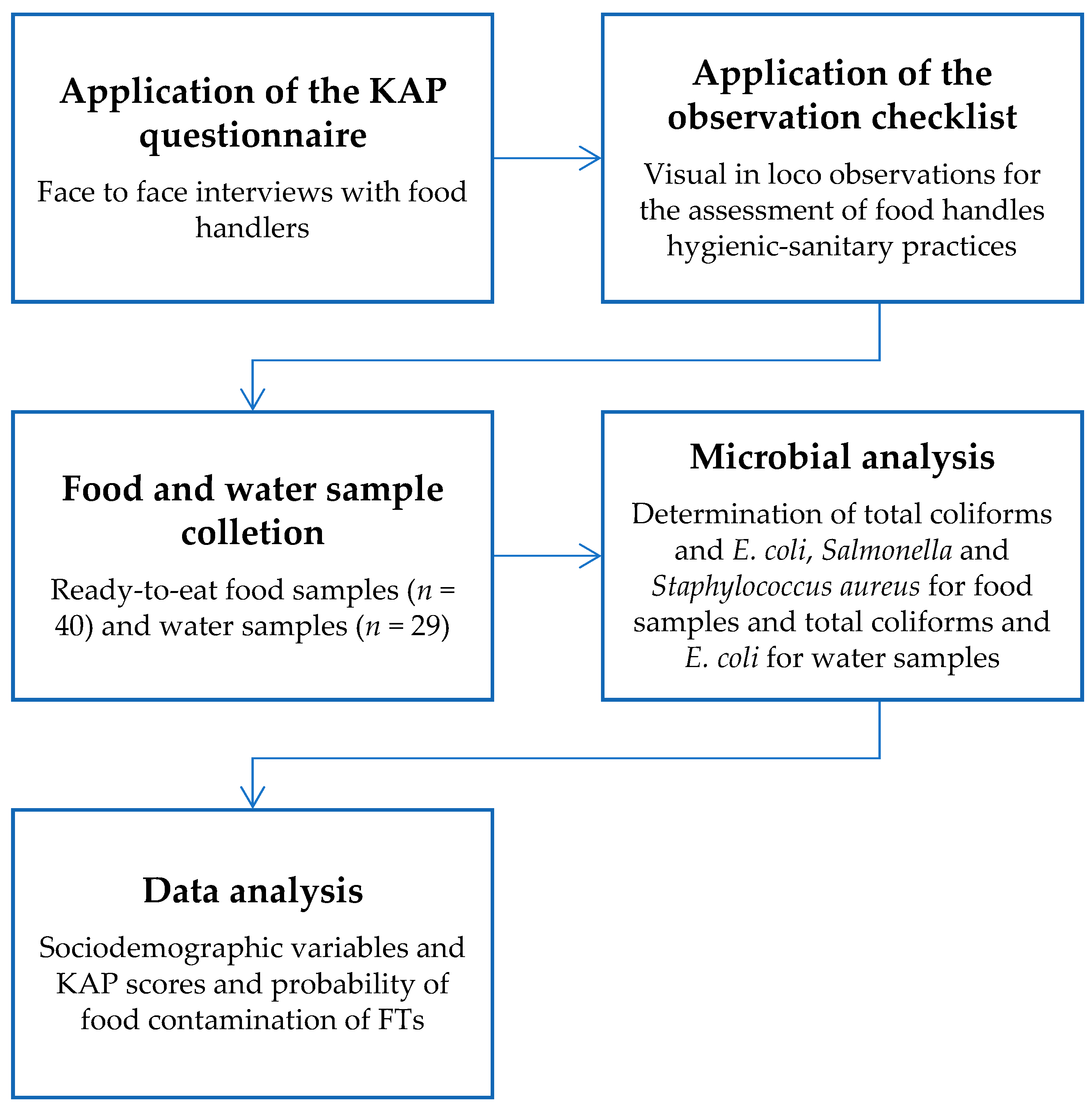what must food handlers do when handling ready to eat food
Never wash and reuse gloves. Pick up and hold all tableware by the handles.

More About Cross Contamination Of Food And How We Can Avoid It
Wash and sanitize flatware or other utensils which fall to the floor.
. What must food handlers do when handling ready to eat food. Do not taste foods with any utensil used either to mix or stir food. Gloves and other barriers do not replace handwashing.
The cook continued to wear them while slicing hamburger buns. Cook Cook to the right temperature. Four Steps to Handling and Preparing Food Safely.
Food handlers must always wash their hands before they begin food preparation. Cover wound with an impermeable cover and wear a single use glove b. Handwashing should last for at least 20 seconds.
To work with food a food handler with an infected hand wound must. Wash hands and surfaces often. Clean and sanitize the work surfaces between each product.
Dirty hands will contaminate food and make the food unsafe to eat. To prevent cross-contamination when prepping raw meat and ready to eat food a food handler should. As soon as they become soiled or torn.
What must food handlers do when handling ready-to-eat food Wear single-use gloves Why are people who take certain medications at risk for foodborne illness Their immune systems are compromised What should be done with a package of flour that is received with signs of dampness on the bag Reject the flour and return it to the supplier Which responsiblity is. The current Model Food Code released in 2017 states that food handlers should not touch ready-to-eat foods with their bare hands and that suitable utensils such as deli tissue spatulas tongs single-use gloves or dispensing equipment should be used. Have foods ready not any longer than necessary before serving time.
Before beginning a different task. Use disposable single-use gloves when preparing ready-to-eat foods. Food handlers working with ready-to-eat foods should take extra precautions because there is not a kill step of cooking with these foods to lower bacterial cell counts which lowers the risk of someone becoming sick.
For example people who have not washed their hands after they used the restroom spread illnesses such as Hepatitis A and Norovirus. The current Model Food Code released in 2017 states that food handlers should not touch ready-to-eat foods with their bare hands and that suitable utensils such as deli tissue spatulas tongs single-use gloves or dispensing equipment should be used. Prepare and cook only as much food as you intend to use.
A food handlers hands can transfer pathogens from one food to another. Prepare them at the same time on the same prep table. Store tableware away from dust.
The key tip for handwashing is to use warm water and regular soap. Apply ointment and bandage the wound with an impermeable cover. A cook wore singe use gloves while forming raw ground beef into patties.
Wear gloves when handling the meat but not the ready-to-eat product. Place a bandage on food d. Always wash your hands before putting gloves on and when changing to a new pair.
You should change gloves at the following times. Practice these four steps to prevent foodborne. After handling raw meat fish or poultry and before handling ready-to-eat food.
A food handler prepping a salad stops to scratch an itch on her arm and then returns to making the salad. Each safe food handling practice will be discussed in detail below for dairy meat and fish eggs fruit and vegetables frozen goods and dried goods. Whats done to it is done.
Wash hands and bandage the wound with an impermeable cover. Apply hand sanitizer to wound. Avoid working w raw food until the wound is completely dry c.
What must a food handler with an infected hand wound do to work safely with food. Wash your hands with soapy water and. Never handle ready-to-eat foods with bare hands.
Cover the wound with an impermeable cover and limit contact with food. State law requires that food handlers properly wash their hands in order to prevent contamination of food. To avoid cross-contamination wash hands properly and thoroughly before putting on gloves and when changing to a new pair See Practicing Good Hand Hygiene for Food Workers fact sheet.
Cover the wound with an impermeable cover and wear a single-use glove.
/__opt__aboutcom__coeus__resources__content_migration__serious_eats__seriouseats.com__2020__03__20200320-covid-food-prep-gloves-shutterstock-3d4aa015da574e1b937fa5c14b040e1e.jpg)
Food Safety And Coronavirus A Comprehensive Guide

Do All Food Workers Have To Wear Gloves

Why How To Get A Food Handler S Licence Webstaurantstore

Keep Your Phone Away From Food

Nutrients Free Full Text Food Safety Knowledge Attitudes And Practices Of Brazilian Food Truck Food Handlers Html

Nutrients Free Full Text Food Safety Knowledge Attitudes And Practices Of Brazilian Food Truck Food Handlers Html

Stand Up Training Cross Contamination

Food Employee Illness Training

Special Event Safe Food Handling Practices Office Of Environment Health Safety
